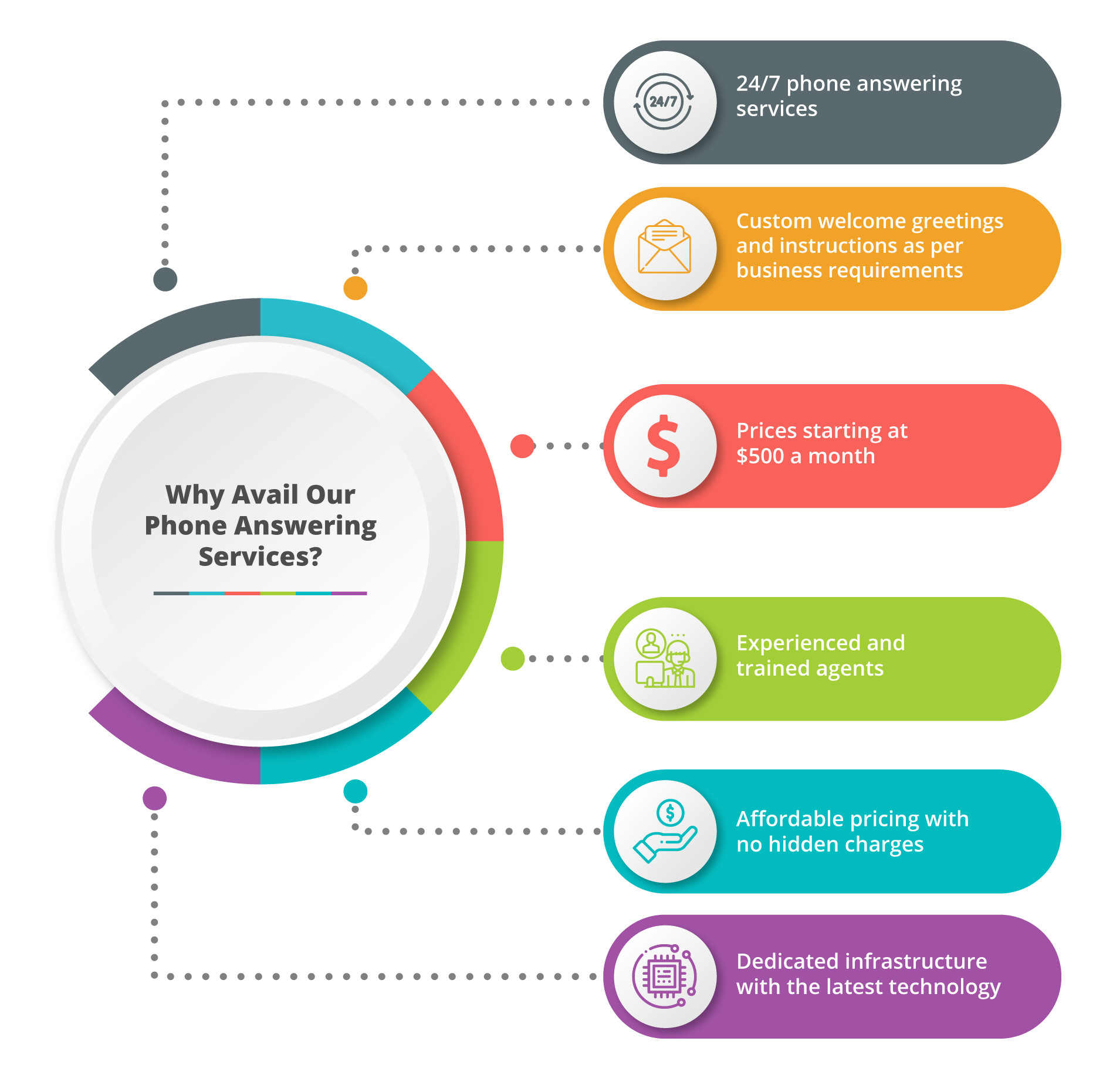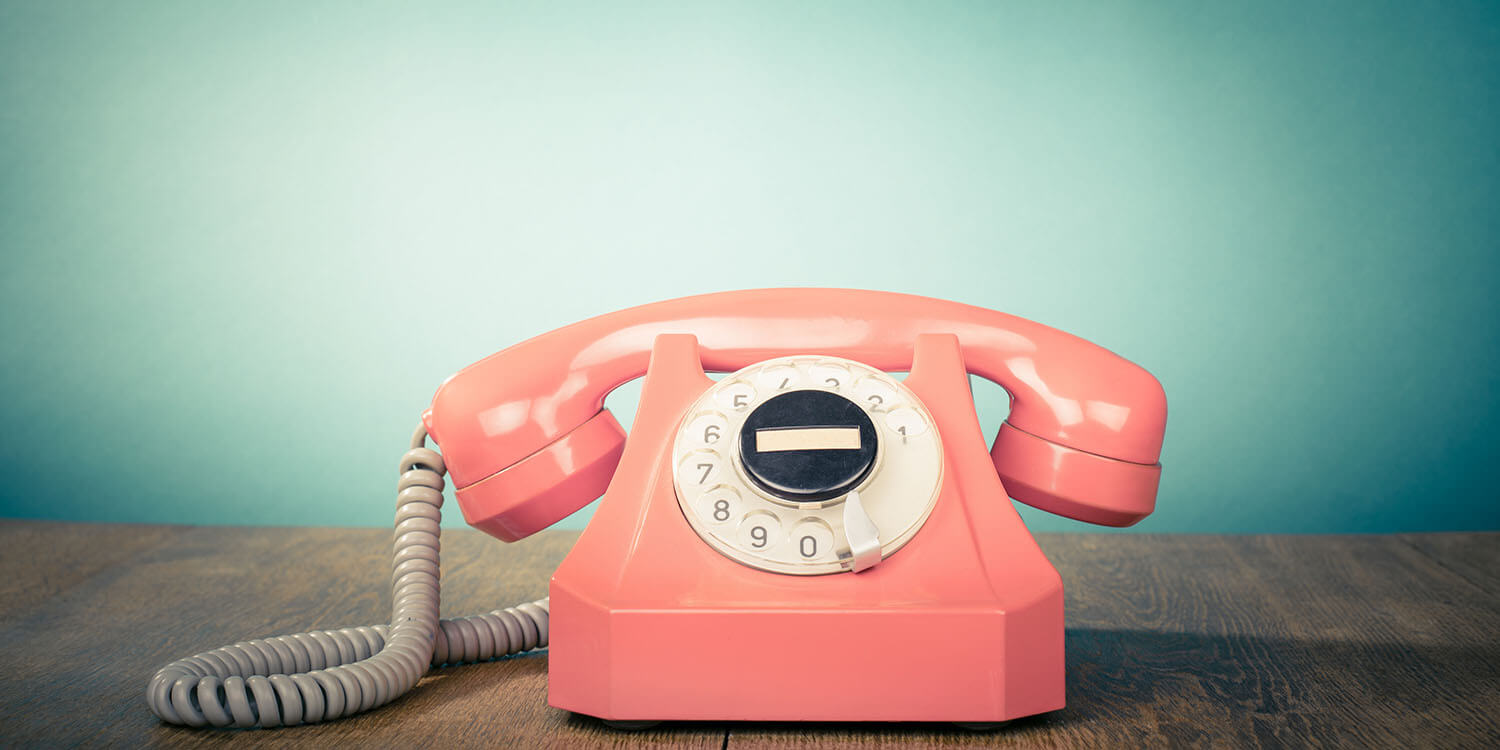All Categories
Featured
Table of Contents
- – How To Buy The Best Top Answering Service In Au...
- – Who Is The Best Phone Answering Service - Inte...
- – Best Virtual Receptionist & Phone Answering Se...
- – What Is The Best What Is A Telephone Answerin...
- – What Is The Best Virtual Assistant Call Answe...
- – What Is The Best Outsource Answering Service...
How To Buy The Best Top Answering Service In Australia - 2023 Reviews
This gadget and its followers were designed by Sava Jacobson, an electrical engineer with a private consulting service. While early answering devices used magnetic tape innovation, a lot of modern-day equipment utilizes strong state memory storage; some gadgets utilize a mix of both, with a solid-state circuit for the outgoing message and a cassette for the incoming messages.
"toll conserving" listed below) (phone call answering). This works if the owner is screening calls and does not want to consult with all callers. In any case after going, the calling party must be notified about the call having been addressed (in many cases this starts the charging), either by some remark of the operator, or by some greeting message of the little bit, or resolved to non-human callers (e.
This holds particularly for the Little bits with digitally kept greeting messages or for earlier devices (before the rise of microcassettes) with a special unlimited loop tape, different from a 2nd cassette, dedicated to recording. There have been answer-only devices with no recording abilities, where the greeting message had to notify callers of a state of existing unattainability, or e (business call answering service).
Who Is The Best Phone Answering Service - Intelligent Office Company

about schedule hours. In taping TADs the welcoming normally consists of an invite to leave a message "after the beep". A voice mail that uses a microcassette to tape messages On a dual-cassette answerphone, there is an outbound cassette, which after the defined number of rings plays a pre-recorded message to the caller.

Single-cassette answering machines contain the outbound message at the beginning of the tape and incoming messages on the remaining area. They first play the statement, then fast-forward to the next available space for recording, then record the caller's message. If there are lots of previous messages, fast-forwarding through them can cause a considerable delay.
This beep is typically described in the greeting message, asking for that the caller leave a message "after the beep". Littles with digital storage for the taped messages do disappoint this hold-up, of course. A little might provide a remote control facility, where the answerphone owner can call the house number and, by getting in a code on the remote telephone's keypad, can listen to taped messages, or delete them, even when far from home.
Best Virtual Receptionist & Phone Answering Services Australia Money Can Buy

Therefore the maker increases the number of rings after which it addresses the call (usually by 2, resulting in four rings), if no unread messages are presently stored, however answers after the set variety of rings (typically 2) if there are unread messages. This permits the owner to discover whether there are messages waiting; if there are none, the owner can hang up the phone on the, e.
Some makers likewise enable themselves to be from another location triggered, if they have actually been turned off, by calling and letting the phone ring a specific a great deal of times (typically 10-15). Some company desert calls currently after a smaller number of rings, making remote activation difficult. In the early days of Little bits a special transmitter for DTMF tones (dual-tone multi-frequency signalling) was regionally needed for push-button control, given that the formerly used pulse dialling is not apt to convey proper signalling along an active connection, and the dual-tone multi-frequency signalling was carried out stepwise.
Any inbound call is not recognizable with respect to these homes in advance of going "off hook" by the terminal devices. So after going off hook the calls need to be switched to suitable devices and only the voice-type is immediately accessible to a human, but perhaps, however should be routed to a LITTLE BIT (e.
What Is The Best What Is A Telephone Answering Service And What Are The ... For The Price
What if I told you that you do not have to really get your gadget when answering a consumer call? Somebody else will. So practical, right? Responding to phone calls doesn't require somebody to be on the other end of the line. Efficient automated phone systems can do the technique just as efficiently as a live representative and often even much better.
An automated answering service or interactive voice reaction system is a phone system that communicates with callers without a live individual on the line - virtual call answering service. When companies use this technology, clients can get the answer to a concern about your organization simply by utilizing interactions set up on a pre-programmed call flow.
Although live operators update the client service experience, numerous calls do not require human interaction. An easy documented message or guidelines on how a client can retrieve a piece of info generally solves a caller's instant requirement - phone answering service. Automated answering services are a simple and reliable way to direct incoming calls to the right person.
What Is The Best Virtual Assistant Call Answering Service To Buy Right Now?
Notification that when you call a business, either for assistance or product query, the very first thing you will hear is a pre-recorded voice greeting and a series of choices like press 1 for customer support, press 2 for questions, and so on. The pre-recorded options branch out to other choices depending upon the consumer's selection.
The phone tree system helps direct callers to the ideal person or department using the keypad on a mobile phone. In some circumstances, callers can utilize their voices. It deserves noting that auto-attendant alternatives aren't limited to the ten numbers on a phone's keypad. When the caller has picked their first alternative, you can create a multi-level auto-attendant that uses sub-menus to direct the caller to the best kind of assistance.
The caller does not have to interact with an individual if the auto-attendant phone system can handle their issue. The automatic service can path callers to a staff member if they reach a "dead end" and need support from a live agent. It is costly to work with an operator or executive assistant.
What Is The Best Outsource Answering Services In The Usa - Start From $11/hr Available
Automated answering services, on the other hand, are significantly cheaper and provide considerable expense savings at approximately $200-$420/month. Even if you don't have actually dedicated personnel to deal with call routing and management, an automatic answering service improves productivity by permitting your team to concentrate on their strengths so they can more effectively invest their time on the phone.
A sales lead routed to client service is a lost shot. If a consumer who has item concerns reaches the wrong department or gets incomplete answers from well-meaning staff members who are less trained to manage a specific kind of question, it can be a cause of disappointment and frustration. An automated answering system can reduce the variety of misrouted calls, therefore assisting your employees make much better use of their phone time while freeing up time in their calendar for other jobs.
With Automated Answering Systems, you can produce a tailored experience for both your staff and your callers. Make a recording of your primary welcoming, and just update it regularly to show what is going on in your company. You can develop as numerous departments or menu options as you want.
Table of Contents
- – How To Buy The Best Top Answering Service In Au...
- – Who Is The Best Phone Answering Service - Inte...
- – Best Virtual Receptionist & Phone Answering Se...
- – What Is The Best What Is A Telephone Answerin...
- – What Is The Best Virtual Assistant Call Answe...
- – What Is The Best Outsource Answering Service...
Latest Posts
Cheap Answering Service Pricing
Tailored Answering Services For Small Businesses – ACT 2609
Exceptional Answering Service Pricing Near Me
More
Latest Posts
Cheap Answering Service Pricing
Tailored Answering Services For Small Businesses – ACT 2609
Exceptional Answering Service Pricing Near Me